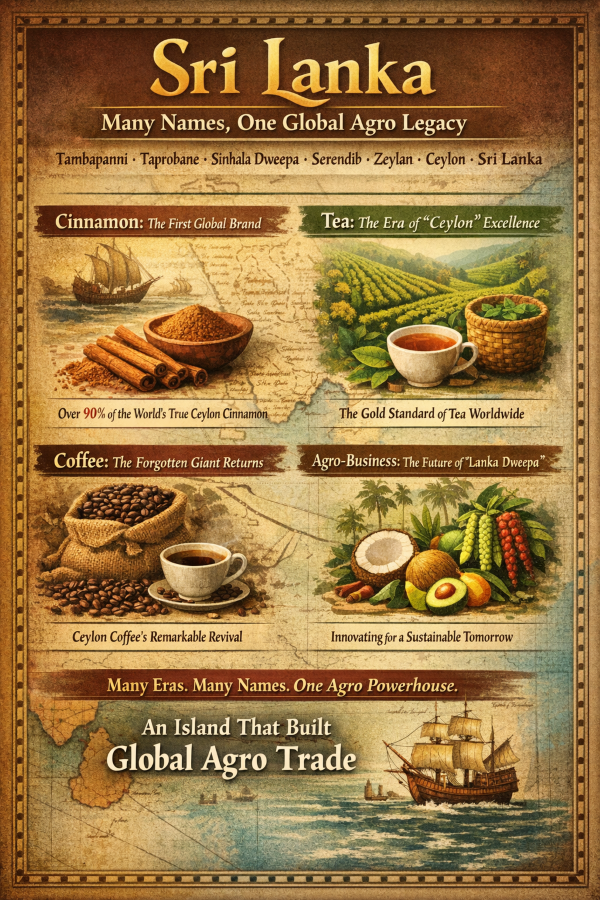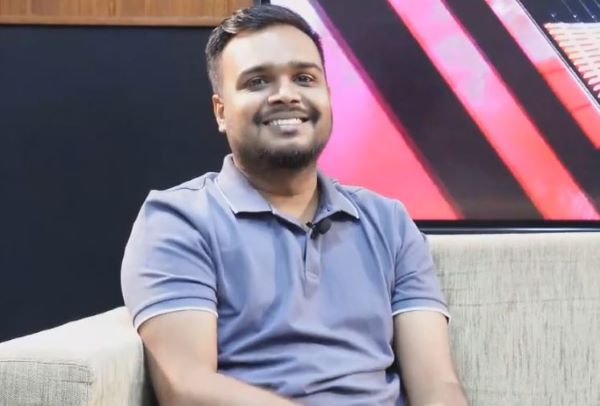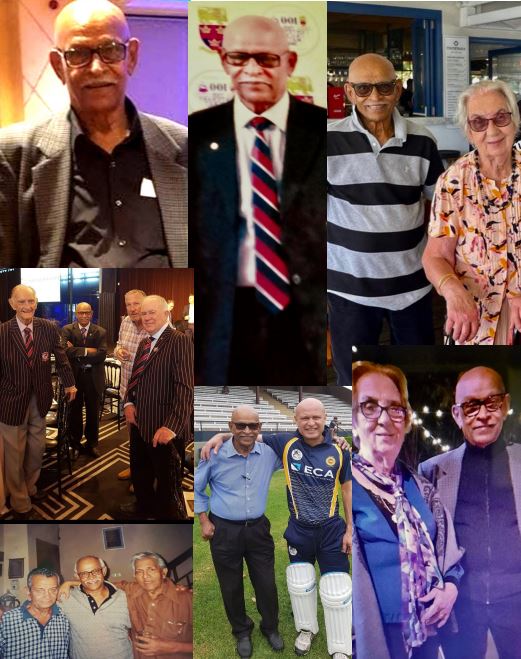In Search of National Identity – Leonard Pinto

In the recent history of Sri Lanka, a national identity based on religion and race resulted in the death of about 100,000 in an ethnic war that lasted 26 years. An identity based on class-struggle resulted in the death of about 60,000 in the two JVP insurrections. Therefore, it is necessary to search and apply a new a national identity that is sustainable, productive, inclusive and transcends differences.
As early as the 3rd century a Buddhist-Sinhalese Nationalism was developed in Sri Lanka in response to the invasion of Chola king Elara in the Anuradhapura period (377 BC-1017 AD). Same nationalism prevailed in the Pollonaruwa period (11 -13th century AD), when Magha, the Indian Kalinga king destroyed Buddhist shrines. However, When Parakramabahu the Great sent his troops to South India and Mayanmar in the 12th century, it was a Sri Lankan Nationalism of pride and prestige. It was not to protect Buddhist religion or Sinhalese race, but to provide military assistance, as a regional super power. The great king married a Hindu Indian queen, as he overlooked race and religion in this regard. His reign saw advances in agriculture, engineering, military and naval warfare, foreign policy, art and so on in Sri Lanka, but received less attention initially in Mahawansa, till Chulavansa updated it. When the Sinhalese kings lost their material power in Pollonaruwa, they moved to Dambadeniya (13th-14th century). Here they substituted the loss of material things with a spiritual Buddhist-Sinhalese identity, enriched with the stories of Mahawansa and other Buddhist literature.
Mahawansa synchronized the Vijaya landing with Buddha’s parinibbana in 543 BC in an attempt to seal the Buddhist-Sinhalese ownership of Sri Lanka. But there are issues with Mahawansa dates according to Contemporaries, Generation and Age theories, relating to the times of Alexander the Great, Mutasiva and Bhaddakachchana. According to Age theory, Bhaddakachchana, Buddha’s niece would have been at least 90 years at the time she married Panduvasudeva, and they had 11 children! Modern scholars consider Buddha’s parinibbana to be in 400±20 BC. But, the author of Mahawansa seems to have adjusted the years to show Buddha’s close association with the inhabitants of Sri Lanka in Vijaya landing, and also in narrating three visits of Buddha to Sri Lanka, which do not carry any historical evidence.
During the colonial period the Buddhist-Sinhalese nationalism was anti-colonial. Initially, Sinhalese kings invited the Portuguese, Dutch and British to solve their local problems or to replace one colonizer by another. In the independence struggle a Sri Lankan National identity emerged, as Sinhalese, Tamil, Christian, Buddhist and Muslim leaders worked together to obtain independence from the British.
Monks of the Vidyalankara Pirivena Kelaniya developed a Monk’s Buddhist-Sinhalese identity that led the moderate political monks to the parliament as MPs, and extreme monks to riots on streets through the initiative of Budu Bala Sena, Ravana Balaya and Sinhala Ravaya. During the ethnic war, when feelings were running high, the Buddhist-Sinhalese nationalism in general, and Elara-Dutugamunu war in particular were recalled to derive inspiration from this archetype to win the war against the Tamils. Now the war is over and all Sri Lankans are reconciling with one another, it is worth evaluating the past national identities, and move forward. According to Prof. Gananath Obeysekera, King Dutugamunu built Ruwanwelisaya, not to celebrate his victory over Elara, but to atone for the dead, including killing of Elera, a father figure. His son Saliya, stood for his rights, broke all social barriers and married Asokamala, a low caste woman.
In the course of time the ethno-religious composition of Sri Lankans had undergone change. In the 21st century, according to religion Sri Lanka has 70% Buddhists, 13% Hindus, 10% Muslims and 7% Christians. According to race, Sri has 75% Sinhalese, 15% Tamils, 9% Moors and 1% Malays, Burghers and others. Most of these ethno-religious differences are reflected in the Sri Lankan flag. In contrast, Indian leaders had transcended ethno-religious barriers in the symbolism of their flag, as green reflects greenery and not Muslims, saffron reflects earth and not Hindu-Tamils and white, peace and purity. When Sinhalese have placed a mythical Sinhalese lion from Mahawansa in the centre of their flag, Indians have placed King Asoka’s Buddhist Chakra in their flag, instead of the trident of Shiva to represent Hindu symbolism. We don’t need to change the flag, but can give a new meaning to symbols in the flag, as secular States that historically carry religious symbols, such as Scandinavians and Swiss have done with the cross, and Turks and Singaporeans have done with star/s and crescent.
Prof. Peter Schalk’s hypotheses (1986) on the ethnic war that its roots were really in economics (i.e. education and employment) and not in ethnicity, and the belief of Buddhist-Sinhalese that Sri Lanka was bequeathed to them by Buddha in ancient times, were critically assessed. Dr Gunadasa Amarasekera’s hypotheses (2003) that identified the rights of the majority Buddhist-Sinhalese that should not be given to the minorities, including the right to call their country their motherland, right to the territory of that motherland, the right to have their language as the national language and so on, were also critically assessed.
Various models of national identity that could be adopted into the Sri Lankan Constitution, where the rights of every citizen is given the right place in a constitution vis-a-vis Buddhism should be given the first and foremost place were considered. They include, (1) only Buddhist-Sinhalese identity, (2) first place to the Buddhist ‘values & culture,’ (3) Buddhist Sinhalese identity subject to equal rights of citizens, (4) secular Sri Lankan identity, (5) Sri Lankan identity focusing on economy, jobs production and export and (6) multi-cultural (i.e. ethnic & religious) identity. As of now, Sri Lanka is not prepared to accept a completely secular state. Retaining the good aspects of Buddhism and rights of all citizens and developing a Sri Lankan identity seems to be feasible.
How do we ensure that the tenets of Magna Carta that nobody is above the law, is enshrined in the constitution and implemented? It means that every citizen, including Buddhist monks should stand when the magistrate walks into the courthouse. Police must arrest violent monks on the streets as they would handle violet laypersons, and there should not be any special treatment of Buddhist monks, prominent leaders and politicians on bribery, assault and murder. The constitution must not give an opportunity to monks and lay leaders to say, “Buddhism is given the first and foremost place in the constitution, and therefore we Buddhists can do whatever we think is right in the interest of Buddhism, even in attacking minorities”. The constitution also must protect the rights of all citizens in trivial things, such as no loudspeakers for prayers, when people are sleeping.
As in any religion, three tiers of functioning can be recognized in the ope
ration of Buddhism in Sri Lanka. (A) Buddhist values, philosophy and historical culture – that can be retained in the constitution. (B) Ritualistic Buddhism – personal aspects are good (i.e. for inner peace), but social aspects (i.e. outward manifestations) can be bad, as when Buddhist statues are placed in Hindu/Christian Tamil areas or a Muslim prays at the Mahamaluwa of Adam’s Peak as I have witnessed. (C) Political Buddhism – which often violates the rights of minorities should never be encouraged in the constitution. Therefore, the ‘value & culture’ option and the ‘subject to rights’ option, satisfies the importance given to Buddhism as well as the rights of all citizens in the constitution. Perhaps, (2) or (3) with a blend of (5) would be the most feasible, in line with the 21st century thinking, and suitable for a modern Sri Lankan Constitution.
In moving forwards, good ethics (i.e. universal truth, right, justice), integrity, responsibility, reconciliation, transparency, zero tolerance of corruption, total ban on commissions, love of work, punctuality, respect for law and law enforcement, respect for the rights of other citizens and development of industries, natural resources and export, creating jobs for citizens should be considered as the principles on which, Sri Lanka should build its future, as other successful nations have done. If Singapore could make the change in 25 years, why not Sri Lanka? Developing countries have remained poor, not because they do not have resources, brains or a rich history, but because of their narrow minded attitude in thinking within the box, and taking refuge in religion or/and ethnicity.
Singapore’s architect Lee Kuan Yew saw Ceylon as a prosperous country when it gained independence in 1948. It was the classic model of gradual evolution to independence. Ceylon was Britain’s Commonwealth model country. Lee wrote, “Alas it did not work out. During my visits over the years, I watched a promising country go to waste. The start of the unraveling of Sri Lanka was in 1956 with Sinhala being made the national language, and other moves to make Ceylon a more nativist society”. Placing religion and ethnicity as a priority in the constitution was another error of Sri Lankan lawmakers. Indeed, religion had become the opium of masses in Sri Lanka and some politicians have used the drug effectively to gain votes of the simple people. Development that is based on commissions for political leaders and their stooges is bound to fail Sri Lank, as it makes a few rich but increases the national debt, resulting in an increase in cost of living for the ordinary citizens. Perhaps, it is time to get out of this nativist ideology and think of Sri Lanka as part of the global community.


















